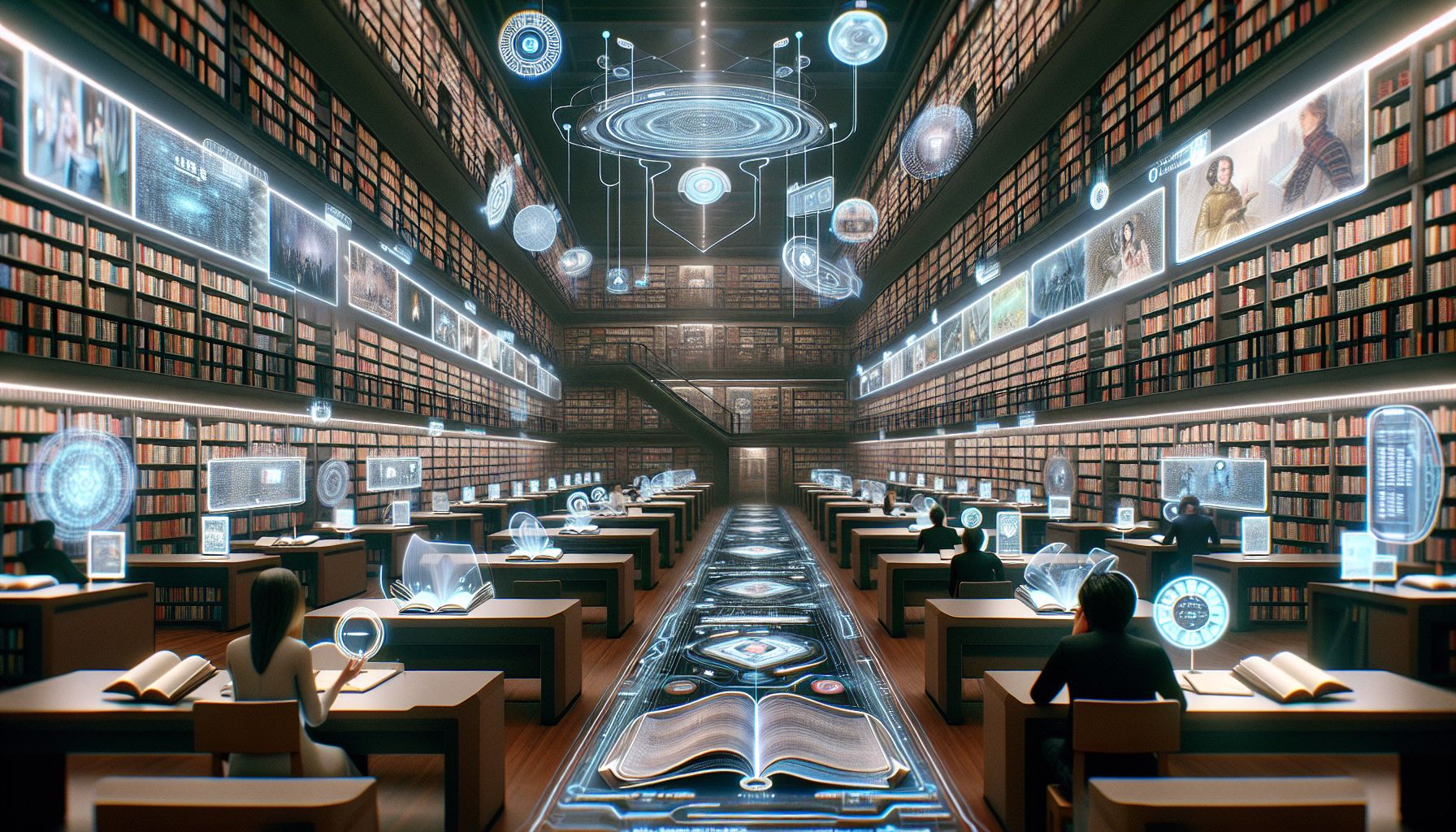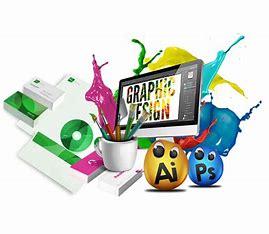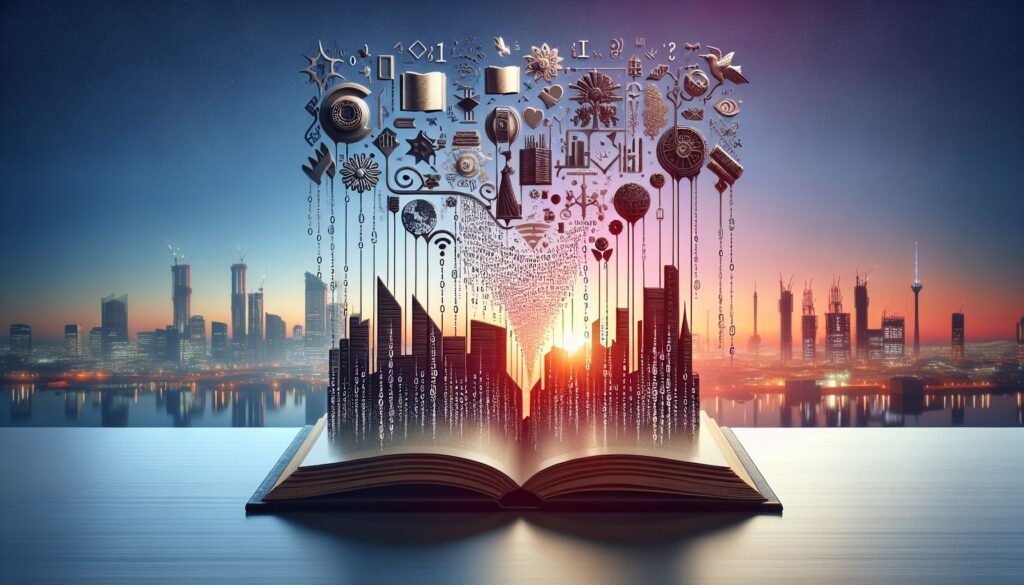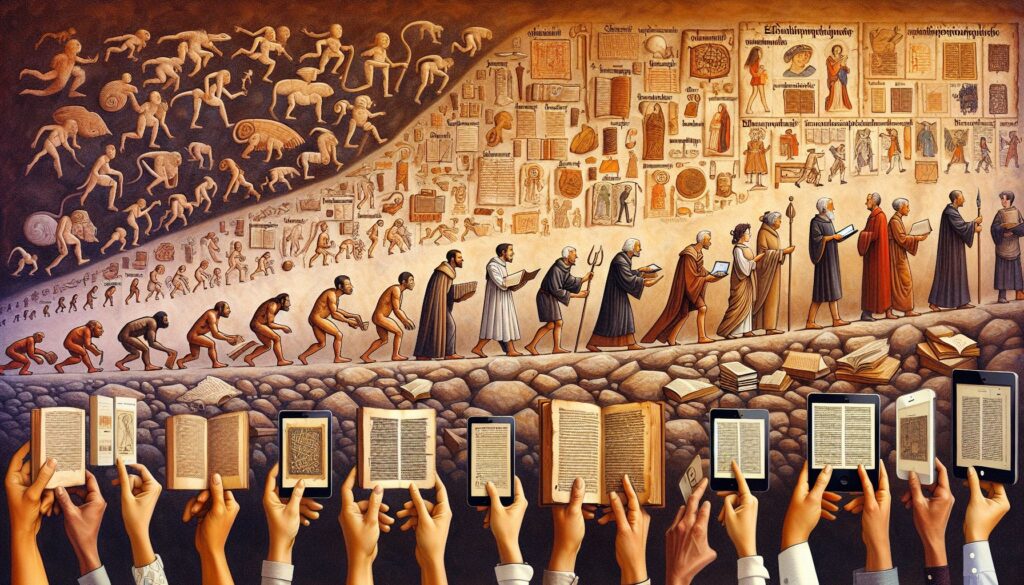Venturing into the universe of books is akin to initiating an infinite voyage. A vast sphere branched out into countless stories; intrigue-filled fantasies, hard-hitting memoirs, intense crime dramas, or enlightening scientific essays. Each genre carving its niche, casting an enchanting spell that bedazzles us, provoking thoughts and challenging perceptions. It’s this very appeal of storytelling that remarks the imperishable significance of books, which despite the digital revolution, persist in being a personal favorite and a global phenomenon.
 In this digital epoch, the literary landscape has been mammothly transformed by technological advancements. Classic literature, contemporary bestsellers, the evolution of reading habits – the gamut of literature and the manner we interact with it, has been moulded and modernized.
In this digital epoch, the literary landscape has been mammothly transformed by technological advancements. Classic literature, contemporary bestsellers, the evolution of reading habits – the gamut of literature and the manner we interact with it, has been moulded and modernized.
Let’s embark on this journey and explore this dynamic metamorphosis.
The transition from a print-based to a digital reading culture represents one of the most consistent trends of the last decade. E-readers like Amazon’s Kindle or Barnes & Noble’s Nook have revolutionized the way we read. They made it possible to carry an entire library’s worth of books in your pocket, and changed the game for travelers, commuters, and voracious readers alike. Their adjustable text size and backlighting made reading accessible to those who might have struggled with traditional books.
Audiobooks furthered the transformation, making literature accessible in a new format. Commuters now conjure magical realms during the morning traffic, gym buffs immerse themselves in thrillers while on a jog. Apps like Audible and Scribd brought storytelling to our ears, making the beauty and power of literature more accessible than ever before.
Advancing a notch higher, the era of augmented reality (AR) and virtual reality (VR) technologies are defining a new phase in the literary world. Immersive reading experiences, where readers can ‘live’ the storyline using AR tools, are gaining momentum. The incorporation of VR in children’s education is another progressive step, making learning interactive and fun-filled.
However, technology has not just revolutionized the way we consume literature, but also the creative process behind it. AI-driven writing software like Sudowrite and Jarvis have made content generation faster and easier—assisting professionals to construct engaging narratives quicker. Regardless of these developments, the quintessential human touch — the gut instinct, the emotive connect, remains irreplaceable.
Reflecting on this journey, what stands out is the amplified inclusivity and accessibility ushered in by technology. Digitalization has democratised the access to books and literature, marking a positive societal impact. It has fostered a global community of readers and writers—breaking down geographic, economic, and even disabilities-related barriers.
Yet amidst these advancements, the magic of physical books — their smell, the sense of accomplishment after flipping the final page, remains irreplaceable. They continue to hold a distinct charm, co-existing with their digital counterparts.
This rapid development in technology undoubtedly provokes wonder at the possibilities it continues to unravel. It also instigates necessary discussions around data privacy, copyright concerns, and digital divide issues, pointing towards a complicated, but exciting future.
In conclusion, no matter how the world of technology evolves, the essence of storytelling and the significance of books, in whatever format they may exist, will persist. The blend of technology and literature presents an encouraging and exciting vision of the future — a future where stories are inclusive, accessible and ever-evolving. Books, it seems, have an immortal significance — aptly evolving and flourishing, reveling in the cradle of technology.




